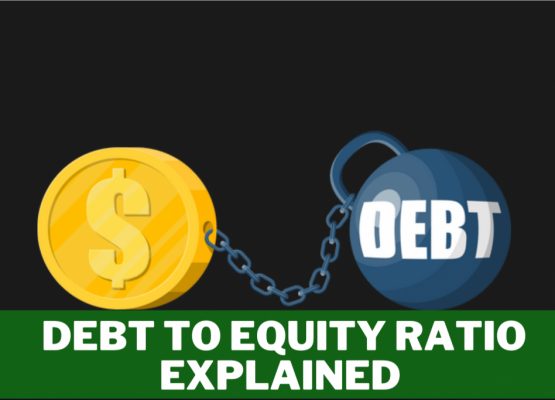Welcome to the exciting world of investing! If you’re new to this realm, you might feel overwhelmed by the plethora of strategies and jargon. But don’t worry, we’re here to simplify things for you. Today, we’re going to discuss a straightforward yet powerful investment strategy: Dollar-Cost Averaging (DCA).
What is Dollar-Cost Averaging?
Dollar-cost averaging is an investment technique that involves consistently investing a fixed amount of money in a particular asset, typically stocks or mutual funds, at regular intervals, regardless of the asset’s price. The idea is to spread out your investment over time to mitigate the impact of market volatility.
The Benefits of Dollar-Cost Averaging
1. Mitigating Market Timing Risk
One of the biggest challenges in investing is timing the market. It’s nearly impossible to consistently buy at the lowest point and sell at the highest point. DCA helps mitigate this risk by spreading out your investments over time. This way, you buy more shares when prices are low and fewer shares when prices are high, potentially lowering your overall cost per share over time.
2. Encouraging Regular Investing
DCA encourages a disciplined approach to investing. By investing a fixed amount regularly, you’re less likely to be swayed by market noise and more likely to stick to your long-term investment plan.
3. Reducing Emotional Investing
Investing can be an emotional roller coaster. When prices rise, investors often become overly optimistic, and when prices fall, they become overly pessimistic. DCA helps reduce the emotional aspect of investing by automating the process.
Dollar-Cost Averaging in Action: A Hypothetical Example
Let’s illustrate DCA with a simple example. Suppose you decide to invest $200 in a mutual fund every month for a year. The price of the mutual fund fluctuates over the year as follows:
- January: $20
- February: $25
- March: $15
- April: $18
- May: $22
- June: $20
- July: $16
- August: $19
- September: $21
- October: $23
- November: $17
- December: $20
By investing $200 each month, you buy varying amounts of shares depending on the price that month. For instance, in January, you buy 10 shares ($200/$20), and in February, you buy 8 shares ($200/$25). If you continue this process, by the end of the year, you would have purchased a total of 123.68 shares.
Now, let’s consider a different scenario where you invested the entire amount ($2400) in January. You would have bought 120 shares ($2400/$20). Despite the same total investment, DCA resulted in you owning more shares. This is because DCA allowed you to take advantage of the price dips in the market.
Is Dollar-Cost Averaging Right for You?
While DCA has its advantages, it’s not a one-size-fits-all strategy. It’s most beneficial for long-term investors who are looking to mitigate risk and are less concerned about short-term market fluctuations.
If you’re a more experienced investor with a higher risk tolerance and the ability to time the market, a lump-sum investment might yield higher returns. However, for most investors, especially those new to the game, DCA offers a safer and more disciplined approach.
Conclusion
Investing can seem daunting, but strategies like dollar-cost averaging can simplify the process and help mitigate risk. It’s a testament to the fact that sometimes, the simpleststrategies can be the most effective. Remember, the key to successful investing isn’t about making a quick buck; it’s about consistency, discipline, and a long-term perspective.
As you embark on your investment journey, remember that all investment strategies, including DCA, come with inherent risks. It’s crucial to do your research, understand your risk tolerance, and perhaps most importantly, stay patient. Rome wasn’t built in a day, and neither is a robust investment portfolio.
Remember, the world of investing is not a race; it’s a marathon. And with dollar-cost averaging, you’re not trying to sprint to the finish line; instead, you’re maintaining a steady pace, one that’s likely to help you reach your financial goals in due time.




